Blessed with a tropical climate and favorable geographical conditions, India is making aggressive moves to become a world leader in solar energy. In 2015 alone, the country has seen the arrival of the world’s first airport that runs entirely on solar energy, an approved plan for 50 solar cities, and billions of dollars invested in the solar energy sector. With these substantial investments, the country is already on track to enter the ranks of the top five solar countries globally, according to the report of a solar intelligence firm, Bridge to India.
Yet, despite the fact that the sun shines on India for 300 to 330 days a year, more than 300 million citizens still live without access to electricity. Both a cause and a consequence of poverty, lack of access to electricity perpetuates the poverty trap for a variety of reasons, particularly by hindering educational opportunities for millions who call India—which has the highest rate of adult illiteracy in the world—home.
“There are 130 million children in India who miss out on education because they don’t have access to electricity,” says Kadiyala Dhanumjaya, director of Thrive Solar Energy, a social business providing solar power solutions to disadvantaged communities. A report last year from the United Nations Department of Economic and Social Affairs pointed out that significant opportunities result from flipping on the lights: “Youth literacy rates tend to be lower in countries with electrification rates below 80 percent... A major impact [of electrification] has been reducing illiteracy and improving the quality of education.”
“There are big solar investments all around India now. But if an off-grid area lacks access to energy, it can take eight to ten years to build the electricity infrastructure. And ten years is such a long time for a child’s life. They need an immediate energy solution to not fall behind,” Dhanumjaya explains.
This is where local organizations come in. Bangalore-based Pollinate Energy—which you can see in action in the slideshow above—recently announced that 47 percent of local households with school-going children say their kids can study better thanks to their solar lamps. And Thrive Solar Energy is leveraging the industry’s boom among poorer communities, as well. Since launching the One Child One Light initiative in 2009, Thrive Solar has provided 1.6 million children with clean, low-cost, and safe solar power solutions to enable them to maximize their educational potential.
Providing children with inexpensive solar solutions creates a snowball effect. Removing health and fire hazards minimizes environmental damage, then gives children a safe source of light that allows them to read, write, and feel secure going to and from school. Furthermore, solar power has the ability to rejuvenate the financial well-being of many households overall.
“A family [that doesn’t have access to electricity] uses 3.6 liters of kerosene a month. This costs $2.50. This isn’t exactly cheap for families who don’t have electricity in the first place. Kerosene poses high health and fire risks, especially for children. It also has a very high level of carbon dioxide emission,” Dhanumjaya says.
“We observed that when children have clean light sources, all the household benefits from that... When children are reading or doing homework, a lot of adults use their children’s light to work on their businesses. Some of them even produce sellable handicrafts,” he adds.
Providing children with portable solar lamps can bridge a significant educational gap. Yet it’s only a fragment of the educational potential that access to clean and reliable energy provides, according to Sarah Alexander, an analyst at SELCO Foundation, the charitable arm of SELCO Solar India.
In addition to providing individual solar light units to children, the charity helps educational facilities, including schools and student hostels, to install a centralized solar power system. Thanks to its solar-powered digital education program, many children living in remote areas can be introduced to technologies like computers and projectors.
“This alone completely alters the learning experience,” Alexander says. But while access to solar energy can have many tangible immediate benefits for children, its greatest strength lies in its ability to build community development from the ground up, while developing capacity over the long term. Reliable and clean energy can assist with removing asymmetries and discrepancies between urban and rural areas.
“Many young people move to big cities not necessarily because they like to, but they feel they don’t have opportunities to grow or make a difference in their own communities,” she says. “Having access to clean energy and hence all these tools really changes the perception of children about what they can learn and achieve in their own communities. A computer is no longer just a big city thing that they may see on a television. This removes a mental barrier that one has to go to a city to access opportunities.”
Alexander adds that “this difference in perception in what they perceive they can do and the confidence boost means improved livelihoods and entrepreneurship. They begin to solve their own issues… We sometimes underestimate children. They’re the real experts and they know their community’s needs very well.”
There’s no doubt that removing 130 million of India’s children from darkness will prove a mammoth task, and it will require a heavy involvement of social enterprises as well as communities themselves. But, says Alexander, “Stable, unfailing energy access boosts productivity for everyone.”





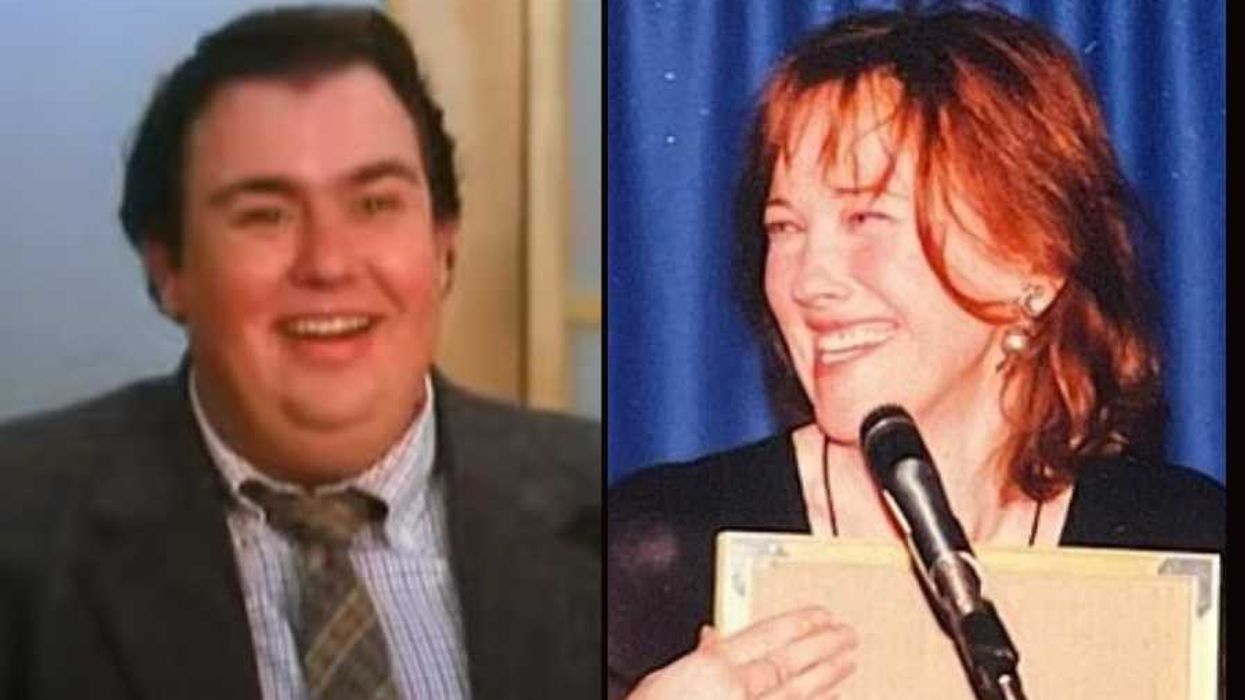



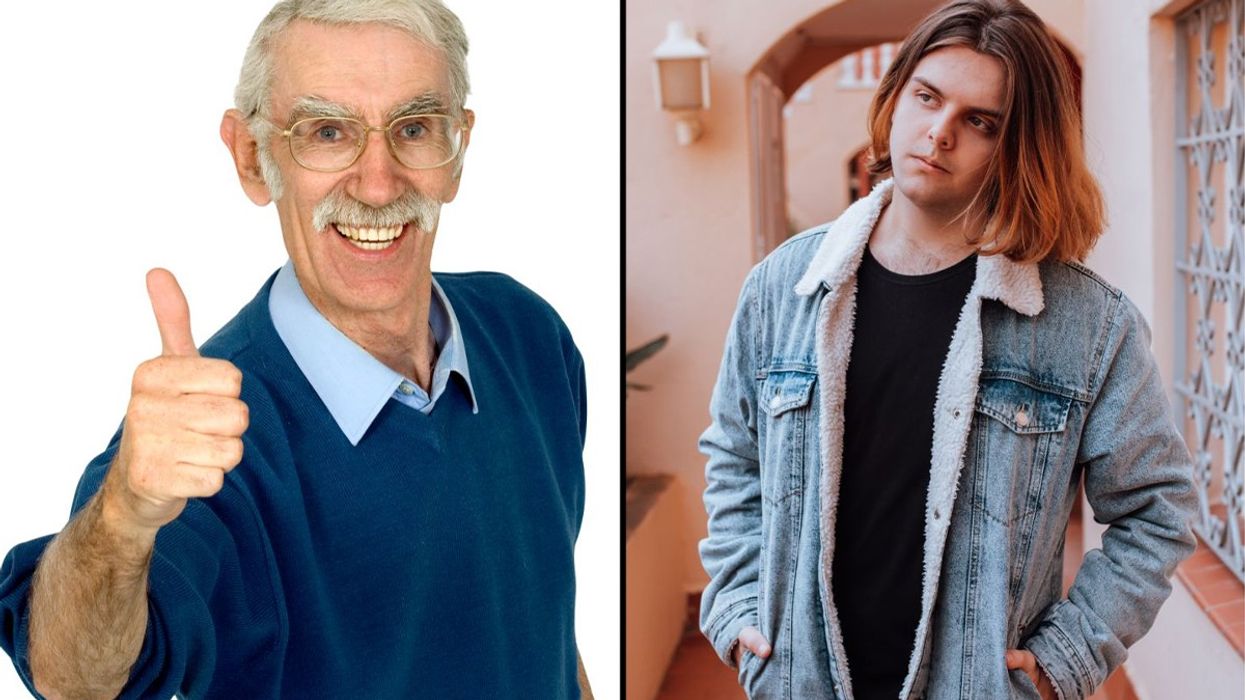


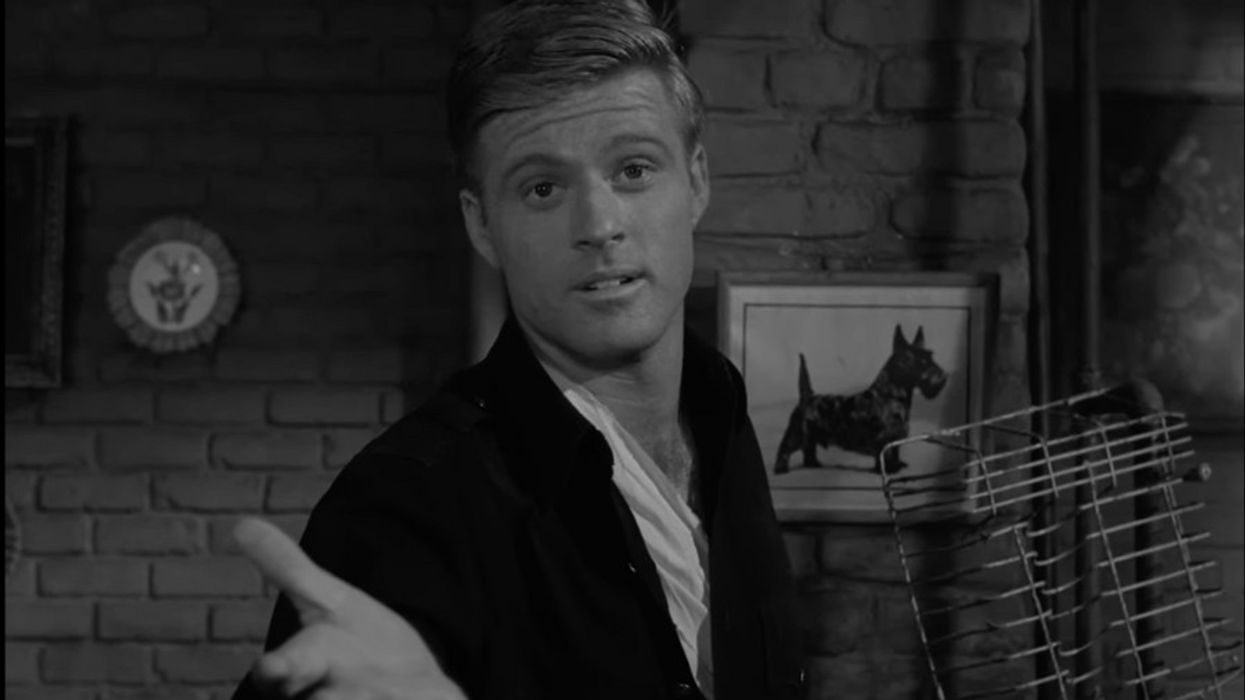

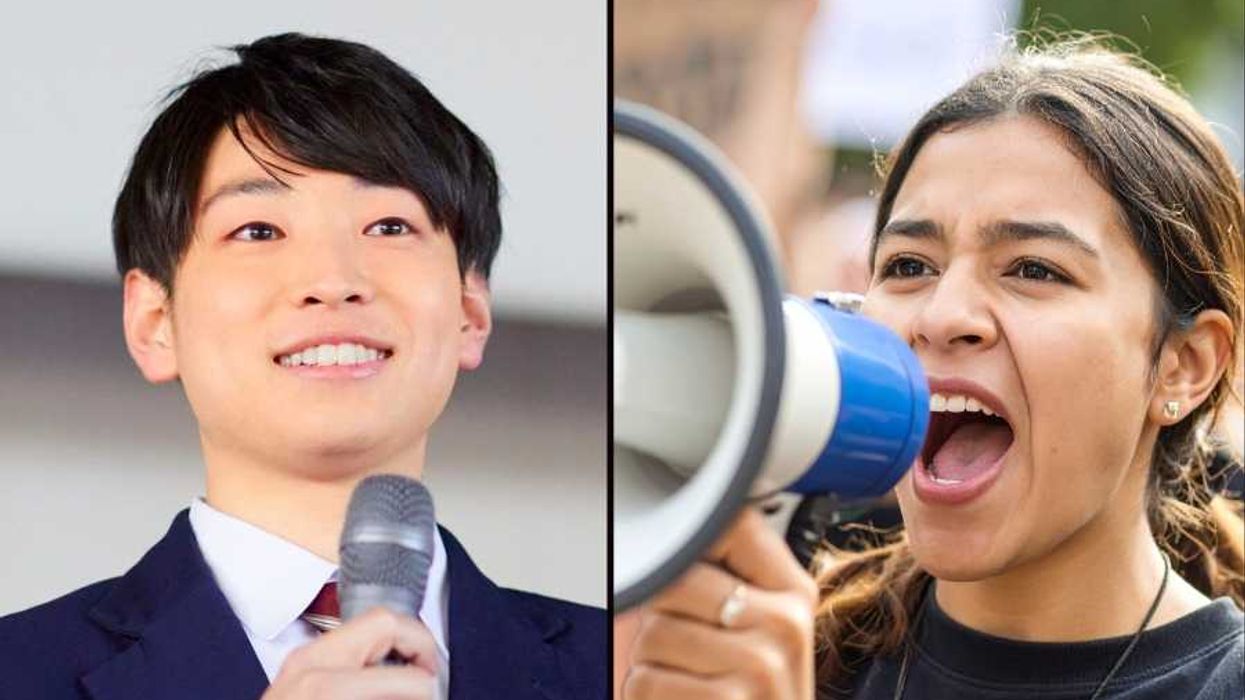



 A dad dances with his daughter as the crowd watchesCanva
A dad dances with his daughter as the crowd watchesCanva Wedding guests wave sparklers Canva
Wedding guests wave sparklers Canva
 A couple embraces next to a lakeCanva
A couple embraces next to a lakeCanva Kids playing outside Canva
Kids playing outside Canva
 A couple drinking wine make deep eye contactCanva
A couple drinking wine make deep eye contactCanva Woman at work gives presentation at the workplaceCanva
Woman at work gives presentation at the workplaceCanva Woman looking in the mirrorCanva
Woman looking in the mirrorCanva
 Chairs overlook the ocean on a sandy beach with sunny skies.Image via
Chairs overlook the ocean on a sandy beach with sunny skies.Image via  Senior couple having a great time together.Image via
Senior couple having a great time together.Image via  Happy mini Retirement, even if it's just for a while.
Happy mini Retirement, even if it's just for a while. 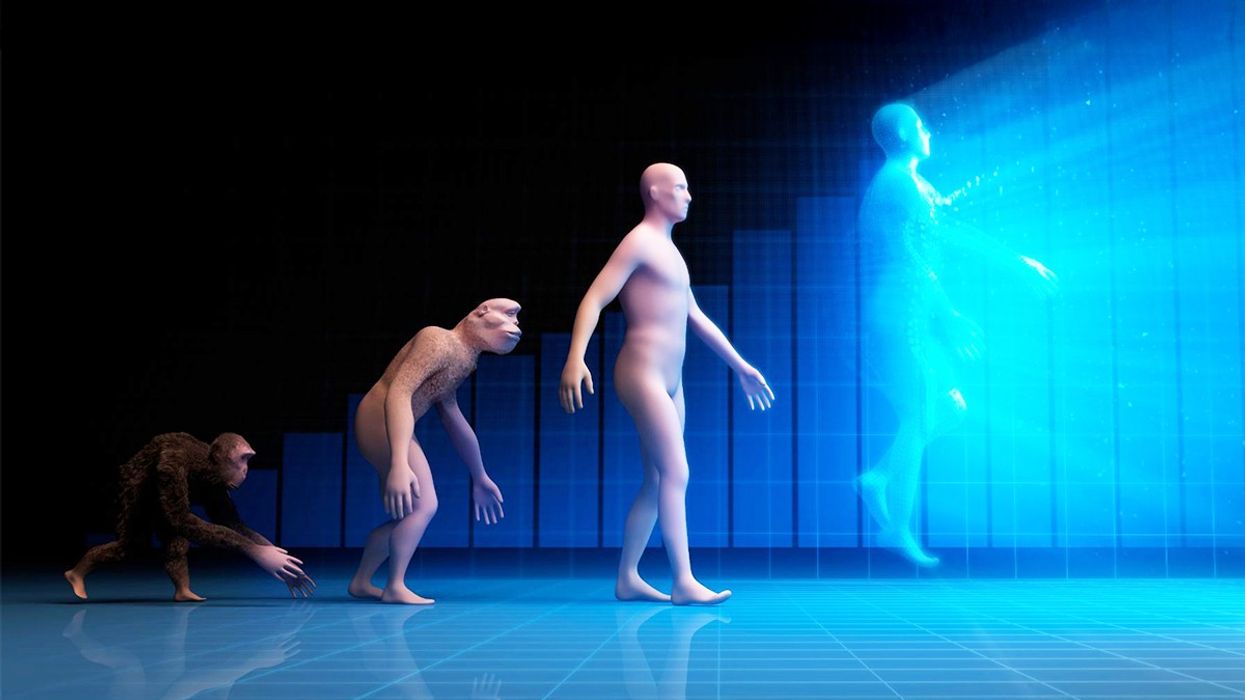
 Prayer in a the mountains.Image via
Prayer in a the mountains.Image via  Two women having an important conversation.Image via - Photo by Antonio_Diaz
Two women having an important conversation.Image via - Photo by Antonio_Diaz People hold out puzzle pieces. Image via
People hold out puzzle pieces. Image via
Public united and adamantly opposes Trump’s plan to roll back the Roadless Rule